The Vintage Computing Festival 2010
June 26, 2010 | 10:42
Companies: #a-eon #bletchley-park #national-museum-of-computing #the-national-museum-of-computing

The Vintage Computing Festival 2010 - Gaming and Speeches
One of the most popular uses for computing hardware is, of course, gaming, and vintage hardware is no different. Bletchley's mansion featured a massive collection of retro gaming hardware for visitors to play on - from PC Engines, Famicon Twins, and Sega 32Xs to Commodore 64s, Amstrad CPCs, and BBC Bs, along with arcade cabinets from ages past - any gamer of 'a certain age' was made to feel right at home. Again, the spirit of modding wasn't absent with such gadgets on display as Shredz64 - a port of Guitar Hero for the Commodore 64. It uses an adapter to wire up a guitar peripheral to the old 8-bit system and plays chiptunes from disk, complete with applause meter and adjustable difficulty.As well as the temporary displays of equipment brought in by the exhibitors, the National Museum of Computing in H Block was open to visitors. It has the greatest selection of classic hardware in the country, with exhibits from computing's earliest days, such as the re-built Colossus Mark 2, based on the design created by Tommy Flowers to crack the German Lorenz cipher in World War II. There's more modern kit too, such as Apple's precursor to the iPad, the Newton MessagePad, which was most certainly not multi-touch and stylus free, but which is likely to be extremely familiar to iPhone users nonetheless. If storage is your thing, the ICL mainframe room has a huge selection of reel-to-reel tape drives - and washing-machine sized hard drives, each one of which holds a seemingly paltry 200MB. Guided tours and talks - which are available throughout the year - were available for those looking to learn more.
For the more serious-minded individuals who want to hear about the birth of modern technology from those where were there, the Festival played host to some luminaries of the industry - including Sophie Wilson, the creator of the technology behind the now-ubiquitous ARM processor, who spoke to a packed house on the history and future of the processor designs she was instrumental in developing.
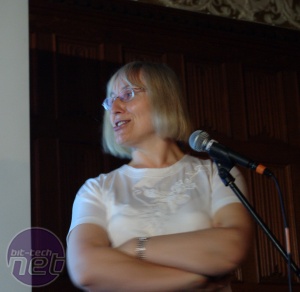
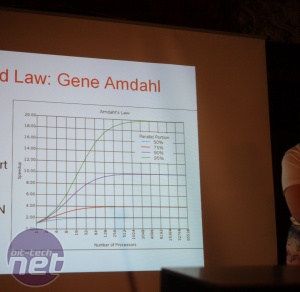
Sophie Wilson, creator of the tech behind the ARM CPU, spoke at the event
Wilson also offered an insight into the little-known corollary to Moore's Law - Amdahl's Law, which states that even massively parallel programs soon hit an upper limit from which adding more processors will not improve performance. Wilson even went so far as to predict a future where microprocessor design would be "done," declaring that when there was nothing left to do but minor refinements in design she would finally retire to indulge in her latest hobby - taking gigapixel panoramic photographs.

MSI MPG Velox 100R Chassis Review
October 14 2021 | 15:04

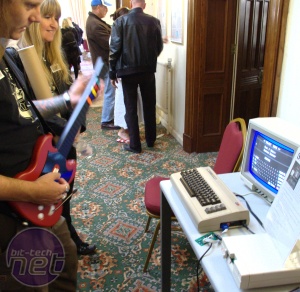
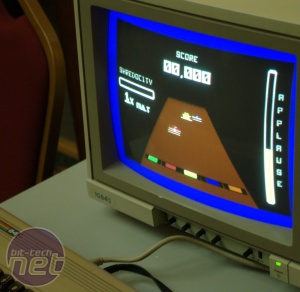
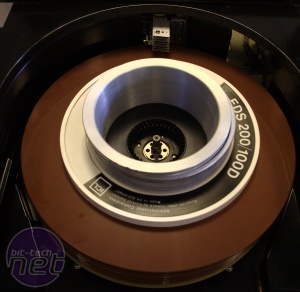








Want to comment? Please log in.